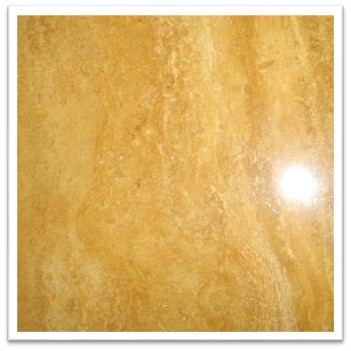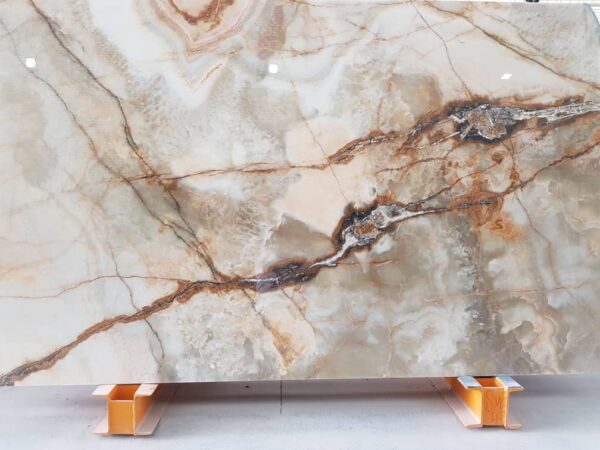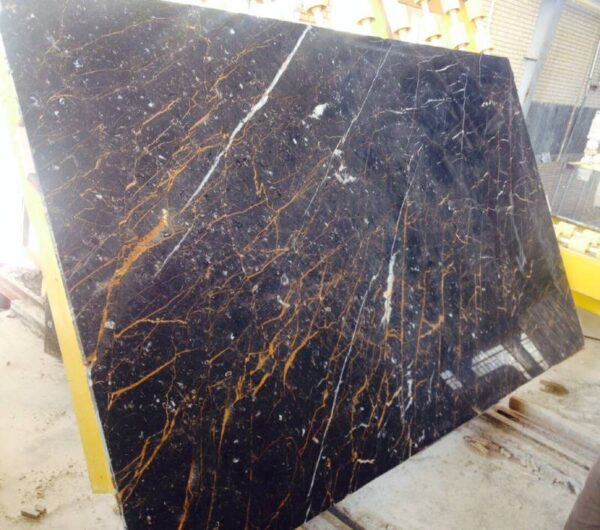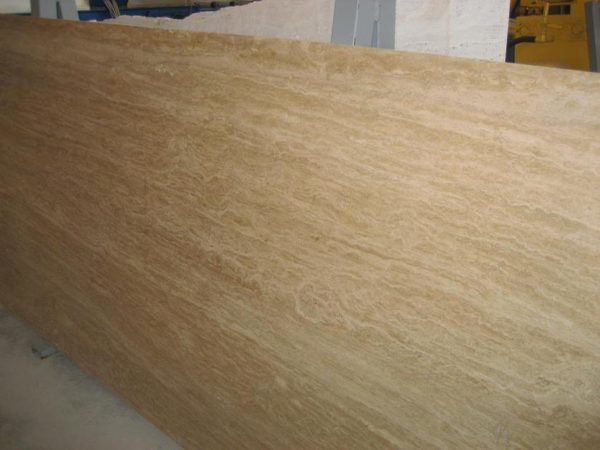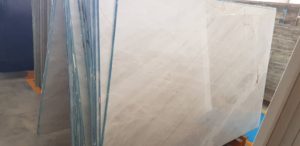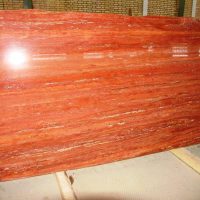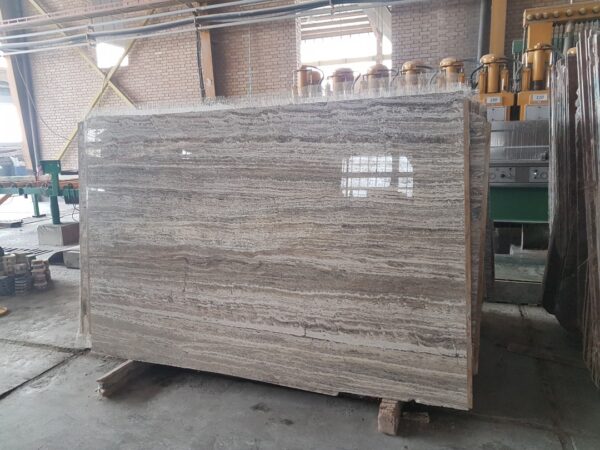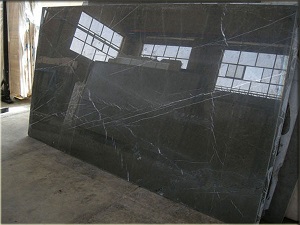A Comprehensive Guide
Travertine is a beautiful and versatile natural stone used in many homes for flooring, countertops, and outdoor spaces. However, when choosing materials for areas exposed to heat, it’s essential to know how well they can withstand high temperatures. If you’re considering using travertine in such environments, the question naturally arises: Is travertine heat-resistant? Let’s explore this in detail.
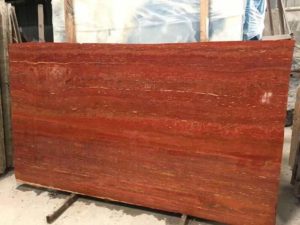


Understanding Travertine’s Heat Resistance
Travertine, a type of limestone formed by mineral deposits from hot springs, is known for its durability, porous structure, and timeless beauty. But is it heat-resistant enough for everyday use? In short, yes—travertine is heat resistant to a certain degree. Its natural stone composition can withstand exposure to moderate heat without losing its structural integrity or appearance.
While travertine does not melt or burn under standard conditions, it’s important to note that it isn’t entirely impervious to heat damage. Prolonged exposure to extremely high temperatures can lead to discoloration, cracking, or degradation over time. However, when used correctly, travertine can handle most household heat-related situations.
Travertine in Hot Weather and Outdoor Use
Travertine is often a top choice for outdoor areas, such as patios, pool decks, and outdoor kitchens. Its natural heat resistance makes it ideal for regions with hot climates. Travertine pavers remain cool underfoot, even in direct sunlight, which is why it’s a preferred material around swimming pools. Unlike concrete or darker stones, travertine doesn’t absorb and retain as much heat, making it comfortable to walk barefoot, even on the hottest days.
This heat-reflective quality also helps prevent travertine surfaces from cracking or getting damaged due to sudden temperature changes. However, like all natural stones, it’s a good idea to use protective sealants for outdoor applications to ensure maximum durability.
Travertine and Kitchen Use: Is it Safe for Countertops?
Travertine’s heat resistance also makes it a practical option for indoor surfaces like kitchen countertops. You can safely place hot pots and pans on travertine countertops without worrying about immediate damage. However, it’s always best to use trivets or heat pads to avoid any potential issues with extreme temperature exposure.
While travertine is naturally resilient, continuous exposure to heat without protection can eventually cause minor cracks or discoloration. Regular maintenance, such as cleaning and resealing, helps preserve travertine’s beauty and functionality over time.
Tips to Maintain Travertine’s Heat Resistance
Though travertine is relatively heat resistant, proper care is essential to maintain its longevity. Here are a few tips to keep your travertine surfaces in top condition:
- Use Coasters and Trivets: While travertine can handle heat, using coasters and trivets under hot objects like pots, pans, or even outdoor grills adds an extra layer of protection.
- Seal the Stone: Applying a high-quality sealant enhances the travertine’s natural resistance to heat and moisture. Reseal your travertine surfaces regularly, especially if they are exposed to high heat or outdoor elements.
- Clean Spills Quickly: While travertine is durable, it can absorb liquids if left unsealed, leading to potential staining or weakening of the stone.

